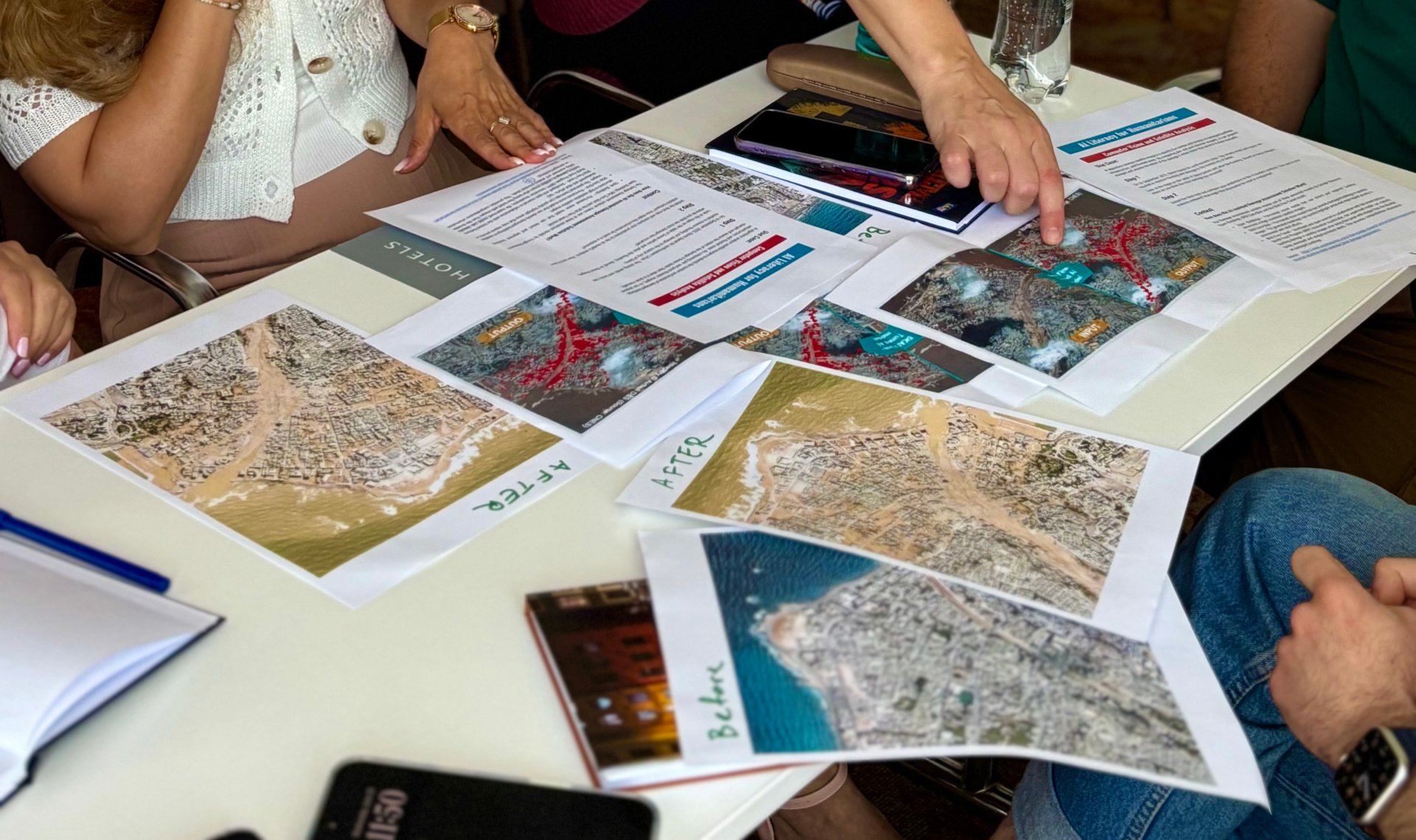Artificial Intelligence for Humanitarians

Photo credit: Martine Van Der Does, Fordham University
Artificial Intelligence has the power to enhance efficiency and increase accuracy, but comes with a host of challenges and ethical risks
On the one hand, failing to leverage the possibilities offered by AI can hamper efficient use of time and resources; on the other, using AI tools without a fundamental understanding of the potential risks and limitations of the technology may cause harm, exacerbating inequalities and compromising the core humanitarian principles of neutrality, impartiality, humanity, independence and the imperative to “do no harm” (ICRC, 2019).
There is a need for AI literacy training among humanitarian professionals. According to survey of humanitarian organisations conducted by Sphere in late 2024, 64% of respondents believe that training is a key need in order to meet capacity gaps related to artificial intelligence.
RedR is working in partnership with Sphere and others to help meet this need.
-
0
trainees took part in our pilot AI training course
-
0
of participants rated their increase in knowledge and the overall content as “excellent” or “good”
One Day Training on AI Literacy for Humanitarians
The training built on momentum following the AI for Humanitarians workshop held at a Sphere-organised session during the Humanitarian Networks and Partnerships Week (HNPW) in Switzerland in March 2025.
Our training provides the foundational knowledge humanitarians need to understand AI’s potential while recognising its limitations and risks – giving learners the opportunity for hands-on learning and debate to develop their understanding of both the landscape of AI and the diversity of the technology currently on offer.
Training included information-sharing and practical activities, focusing on:
- Key terms and concepts in AI, from machine learning to natural language processing
- The possibilities of AI: what it can do and how we approach it in a humanitarian context
- Risks, ethics and legal considerations of using AI
- Risk mitigation: how to safely and effectively use tools while maintaining the core humanitarian principles
A total of 42 people participated across the two sessions. The feedback has been overwhelmingly positive, while also inspiring ideas for how to make the course stronger as we continue to iterate and improve.
Next steps on AI training
We devised these training sessions following workshops held in Nairobi, Kenya and Geneva, Switzerland. These events offered insights into the key aspects of AI that humanitarians will undoubtedly need to engage with in the future. Watch this space for additional training sessions on the ins and outs of artificial intelligence.
